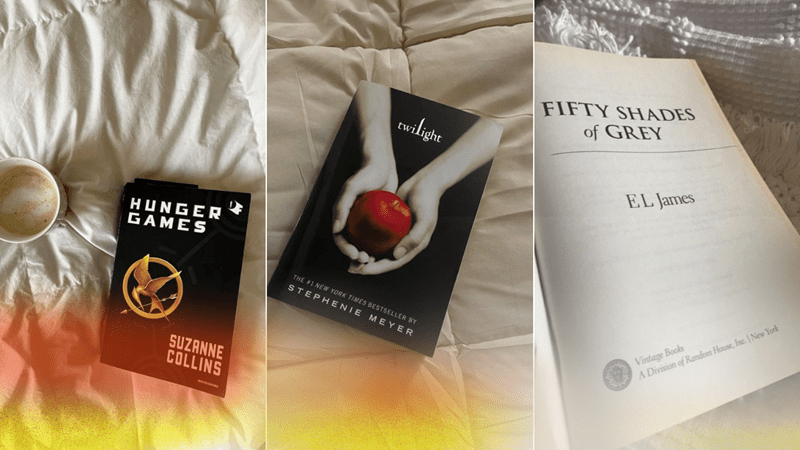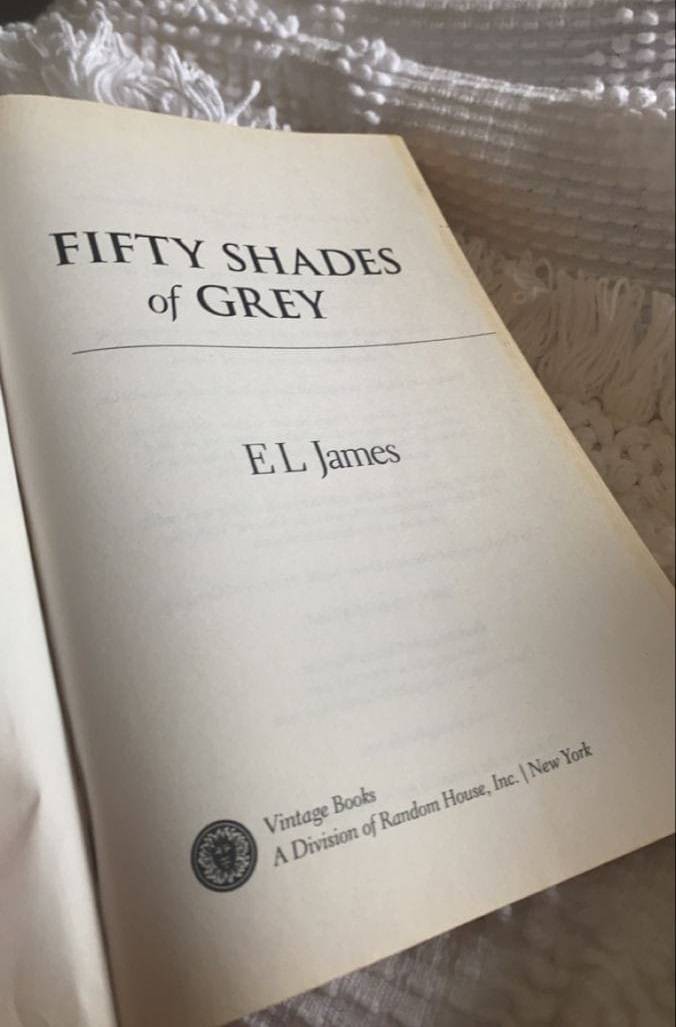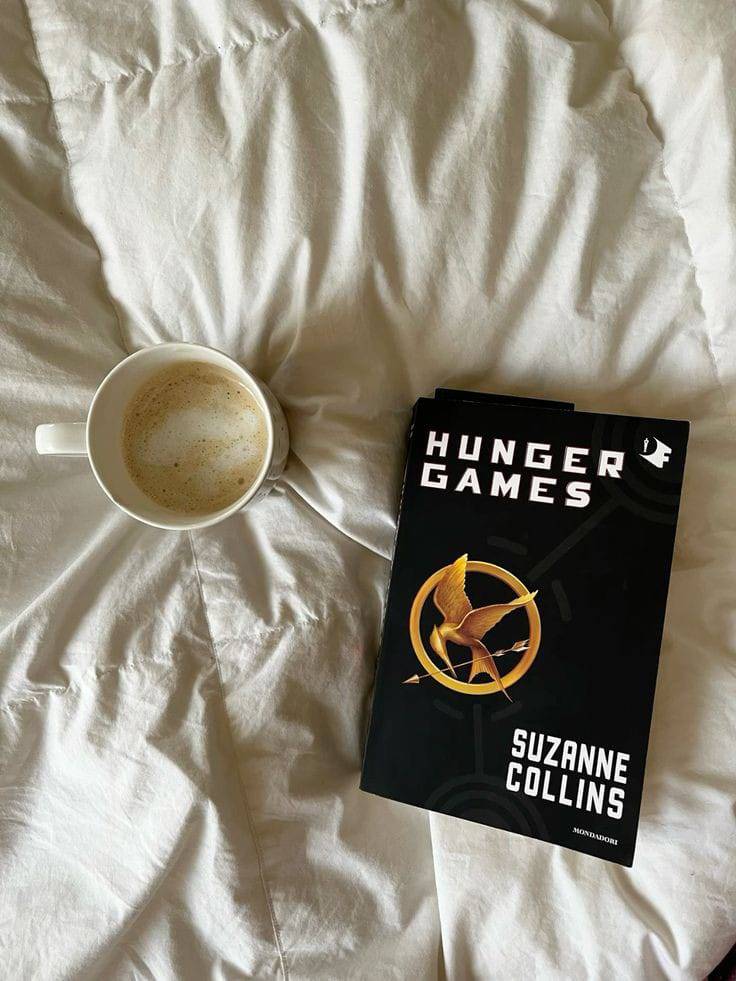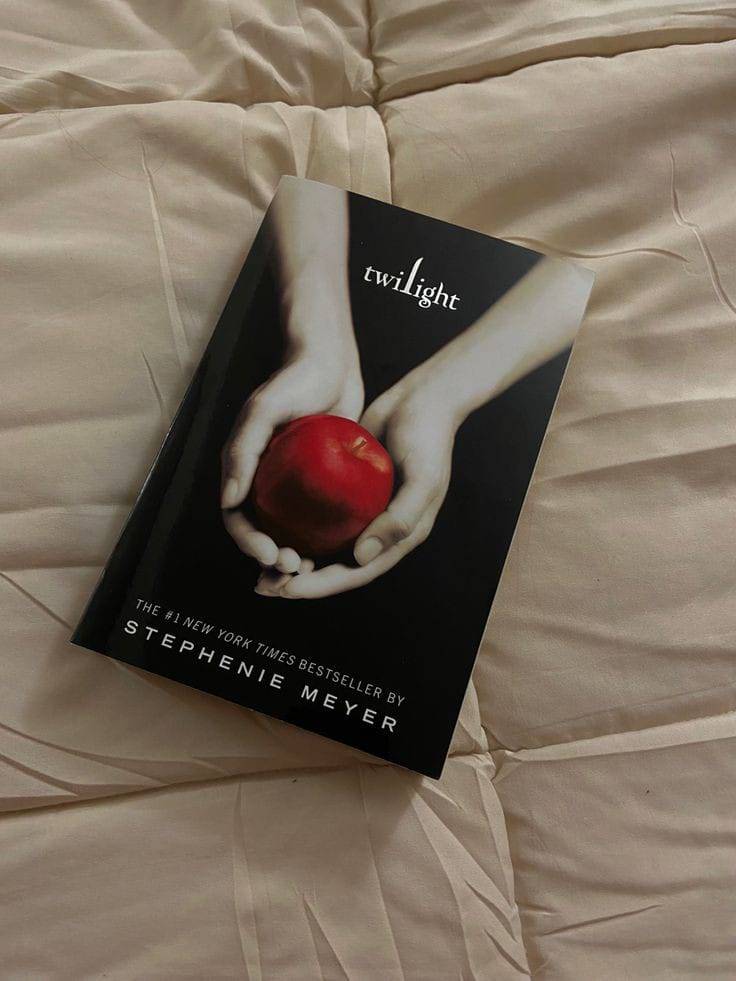Ever feel like you’re being led on a treasure hunt, but the treasure is a never-ending series of love triangles and dystopian societies? Yeah, you’re not alone. The question of whether fiction trends are shaped by what readers crave or if we’re just following the shiny, publisher-designed breadcrumbs is like trying to figure out if the chicken or the egg came first—but with a lot more glittery vampires and tortured bad boys.
So, tighten the seatbelts, dear reader, as we dive into the conspiracy that is the publishing industry, where the lines between what you want and what you’re given are blurrier than a villain’s morally gray motivations.
Let’s start by talking about you, the noble reader, diligently picking out books like a sommelier choosing wine. You know what you like, right? Maybe you’re all about epic fantasies with badass heroines, or perhaps you’ve been devouring every steamy romance featuring a billionaire with a mysterious past. (No judgment here—those alpha billionaires are oddly irresistible.)
On the surface, it seems obvious: readers buy what they enjoy, and that drives trends. If everyone’s gobbling up dragon-riding warrior princesses, publishers will serve up more of that fantasy feast. But pause for a moment. Why did you, all of a sudden, develop this craving for dragon-riding, crown-wearing women who also happen to have a complicated love life? Did you wake up one morning thinking, “You know what I need in my life? Dragons and royal intrigue with a side of unresolved sexual tension”?
Maybe not. Maybe you read one book that caught your fancy, and suddenly, you’re recommending it to everyone, including your cat. Now, thousands of you are singing the same tune, and voila—publishers are rushing to fill your literary appetite. You’re in control, right? Or are you?
Ah, the publishing houses. Imagine them as the Oz behind the curtain, wielding marketing budgets and whispering sweet promises of bestsellers in our ears. When a book explodes onto the scene, they’ve got their hype machine running at full tilt, convincing us that this is the book we’ve all been waiting for. But how did they know we were all suddenly into Nordic noir thrillers or enemies-to-lovers rom-coms? Are they psychic? Possessed of some mystical power that lets them divine our deepest desires?
In truth, the industry has an uncanny knack for not just spotting trends, but also creating them. Take a look back at the mid-2010s, when Fifty Shades of Grey took the world by storm. Suddenly, every bookstore was swamped with books featuring handcuffs on the cover and titles like Billionaire Bad Boy’s Secret Obsession. Did we, the readers, collectively decide we were into BDSM romance? Or did publishers spot a juicy trend and decide to ride that wave all the way to the bank?
It’s not unlike fashion. Sure, you might be into bell-bottoms now, but only because every store you walk into is selling them. Publishers do the same thing with books. They put certain themes front and center, and before you know it, you’re drooling over the twelfth novel about an ex-military, tattooed chef who solves crimes on the side. Are they catering to your tastes, or are they crafting them?
Let’s talk about trends and tropes. It’s a chicken-and-egg scenario: do publishers push certain genres because that’s what we want, or do we want them because that’s what publishers are pushing? It’s like that one friend who keeps recommending movies: after the eighth rom-com suggestion, you start thinking maybe you’re into rom-coms, too.
Take the dystopian craze of the early 2010s. The Hunger Games set the stage, and suddenly, every YA novel featured teenagers battling oppressive regimes, usually while managing a complicated love life. Did we, as readers, develop a sudden penchant for government-overthrowing teens? Or did publishers see The Hunger Games success and say, “Yes, more of that, but with more love triangles and moody, misunderstood rebels”?
And let’s not forget vampires. After Twilight, we saw a flood of vampire novels—every conceivable variation of the undead popped up, from True Blood to Vampire Academy. You couldn’t swing a stake without hitting a brooding vampire who was super into a clumsy high school girl. Did we want that, or did we just think we did because every bookstore display and Amazon recommendation told us so?
Let’s not underestimate the power of a good marketing campaign. Book buzz doesn’t just happen; it’s engineered. Publishers have a way of making us believe that certain books are a must-read, saturating social media, bookstores, and even subway ads. (Seriously, you can’t escape the hype. It’s like they know where you live.)
When a book starts showing up everywhere, it creates a kind of FOMO effect. You see it enough times, and suddenly, you’re convinced that you need to read it, even if you’re not sure why. The power of repetition, my friends, is strong. The more you see a book, the more you’re convinced that it’s popular, and if it’s popular, it must be good, right?
Publishers play this game well. They invest heavily in promoting certain titles, creating the illusion of demand. It’s a self-fulfilling prophecy: they make a book ubiquitous, people buy it because everyone else is buying it, and boom—it’s a bestseller. But is that genuine reader demand, or just a really effective Jedi mind trick?
You might think indie authors are immune to this madness. After all, they’re the rebels, right? Breaking the rules, publishing what the big houses won’t. And you’d be correct—sort of. Indie authors often thrive in niche markets that traditional publishers overlook, whether it’s cozy mysteries featuring knitting circles or dark fantasy with morally ambiguous liches. They’re not following the mainstream; they’re creating new streams.
But even indies are subject to trends. Just look at the explosion of reverse harem fantasy novels or the proliferation of billionaire romances. Indie authors are savvy; they see what’s trending and put their unique spin on it. They’re not so much following trends as remixing them, serving up what the mainstream might not but in a way that appeals to readers who are hungry for something a little different. They’re like the indie rock bands of the literary world—doing their own thing but still playing in the same arena.
So, Who’s Really in Control?
It’s a bit of a dance, really. Readers influence what publishers put out, and publishers, in turn, influence what readers buy. It’s a delicate balance of supply and demand, with a sprinkling of manipulation and a dash of genuine excitement. The truth is, we’re all complicit. We might grumble about the glut of billionaire bad boy romances or dystopian rebellions, but we’re the ones buying them. And as long as we keep doing that, publishers will keep producing them.
In the end, it’s not so much a question of who’s in control, but rather how we, as readers, can navigate this crazy, trend-filled world without getting swept up in the hype. Because let’s be honest: sometimes we love a good trope. And if it’s well-written, who cares if it’s the 23rd book about a vampire detective who moonlights as a rock star?
So read what you love, love what you read, and if you find yourself eyeing that latest enemies-to-lovers rom-com featuring a grumpy billionaire and the sunshiney baker who works across the street, just know: it might be a trend, it might be a marketing ploy, or it might just be exactly what you need. Either way, enjoy the ride—because that’s what being a reader is all about.




